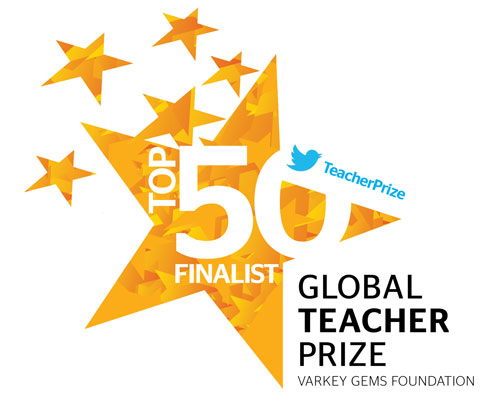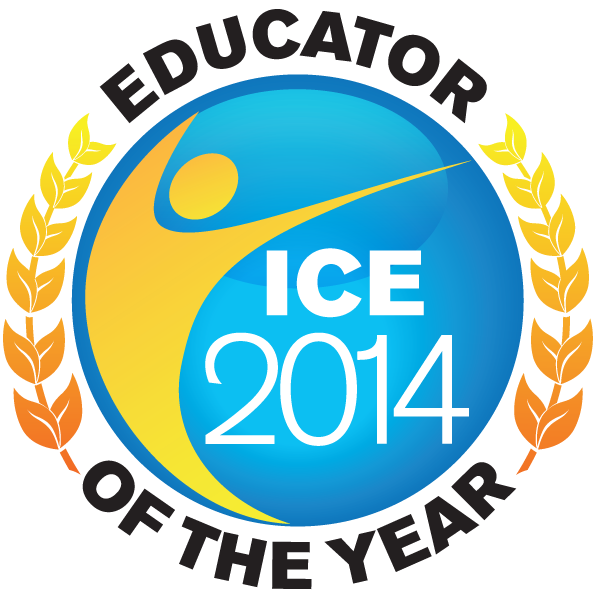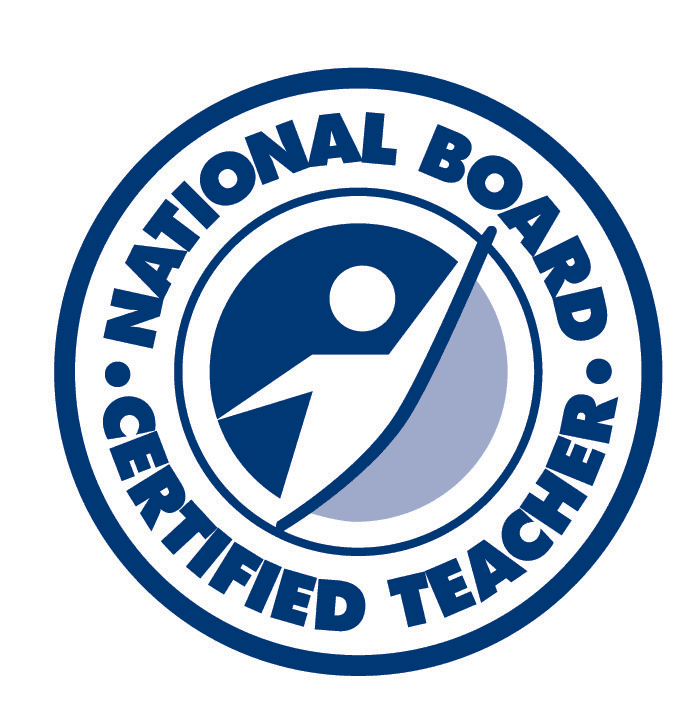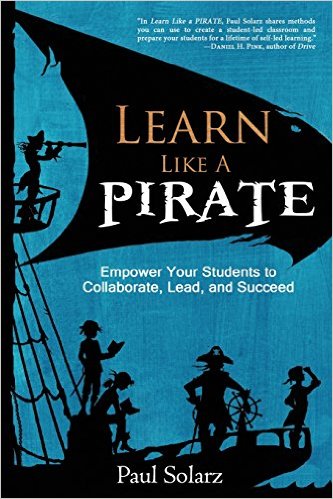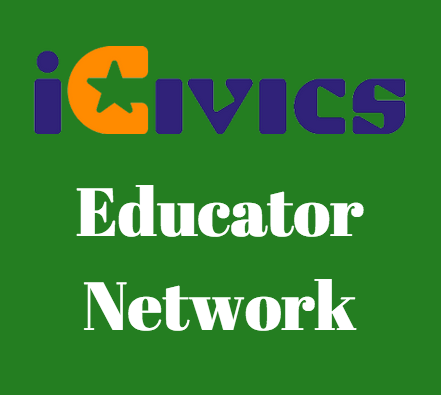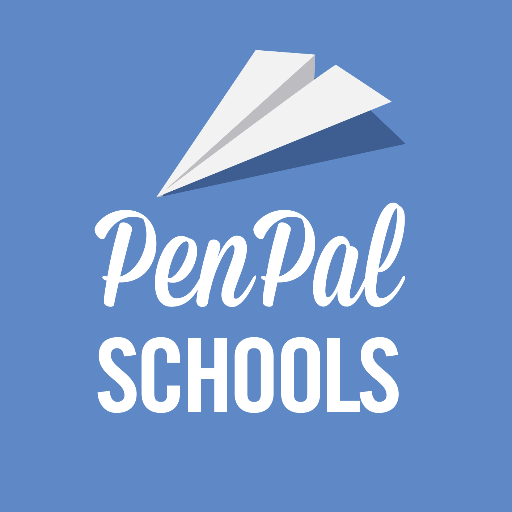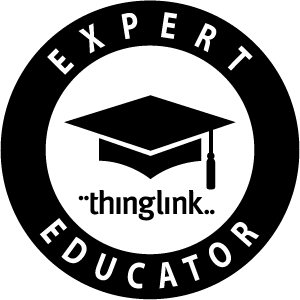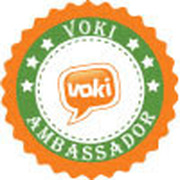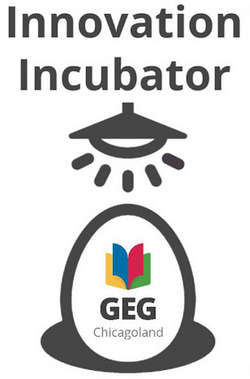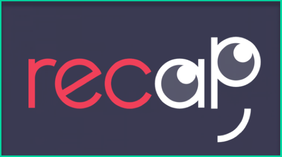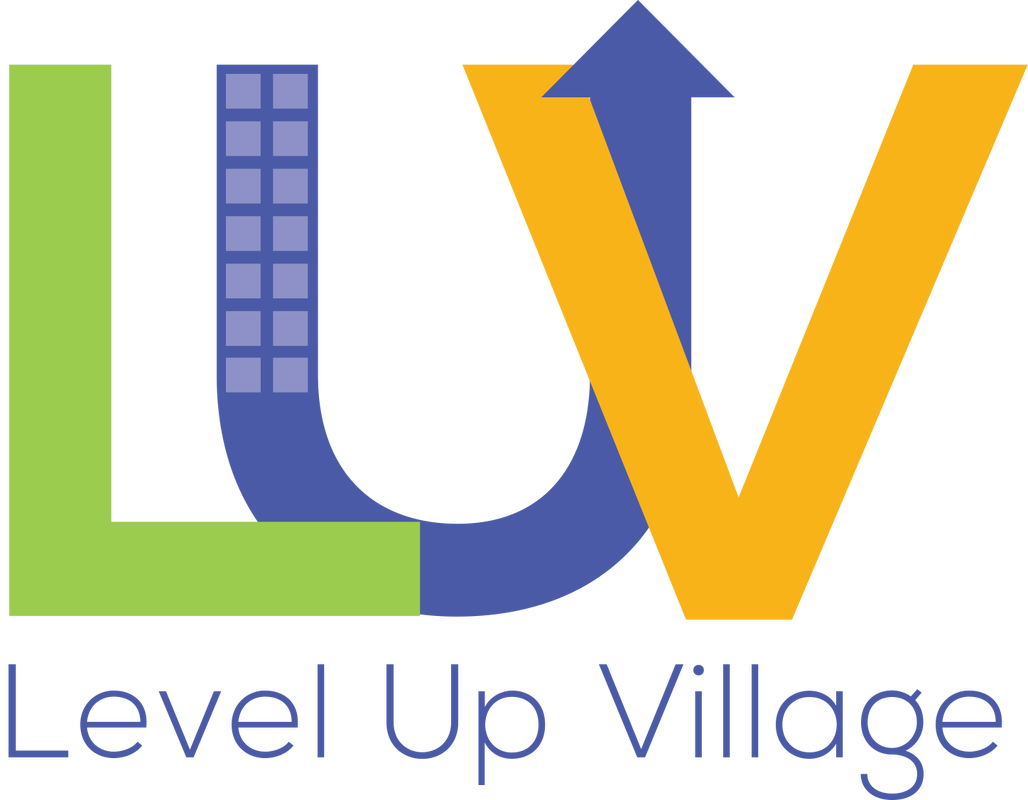Here's a quick look at some of the things I have planned for October. Some things have already begun, while some are still to come!
History Alive - Lessons 2 & 3 - Native Americans
(1) We walked around the school, only to return to the classroom where we explored a "new land." We settled in comfortable, but not familiar spots.
(2) Identified why we chose our homes. (3) Decided how to make home more comfortable. (4) Why can today's geologists find fossilized ocean life underground in Kansas? (5) What did the Americas look like during prehistoric times? How is it different from today? (6) Explored maps to find the answer. (7) Were Native Americans "native" to the Americas or did they migrate from somewhere else? Provide evidence to support your answer. (8) Where did they migrate from? Where did they end up? (9) Used maps to find the answer. (10) What were some of the names of the tribes that settled throughout the Americas? (11) Which ones settled in the Arctic? Which ones settled in Central America? (12) Used maps to find the answer. (13) READ ALOUD: "The Discovery of the Americas" by Betsy & Giulio Maestro. (14) Some scientists believe that approx. 12,000 years ago, nomads followed mammoths across the temporary land bridge between Asia & North America... |
|
Science: The Scientific Method
Students will be learning how to conduct a fair test by keeping all of the variables the same, other than one that is being changed. They will make hypotheses, collect data, and draw conclusions from the data in an educated way.
In the past, we've done this through a Science Fair that was completely conducted in school, but this year we will be using our Science Companion curriculum and several "Science Investigations" that I've created for the kids to have fun with! Be sure to ask your child how things are going in science class this year! Hopefully, they're enjoying it! |
|
Pinwheels for Peace
Mrs. Miller conducts this with the kids in Art Class each year. Feel free to check out the website for more information: pinwheelsforpeace.com/Pinwheels_for_Peace/home.html
|
|
#SkyDayProject
People all around the world are taking part in SkyDayProject to show they care about our sky and want us to come together to protect it for the benefit of all. We spent a few minutes taking pictures of the clouds in our sky and uploading them to the Sky Day Project Database through Twitter! Check out the collage of pictures here: skydayproject.org/
The purpose of the #SkyDayProject is to partner with artists and scientists interested in promoting greater understanding of our sky. From the surface of the earth to the edge of space - How does our sky function? What are its vulnerabilities? Why should people care? And what are the implications for our definition of community? Why do scientists study clouds? Clouds are very important to Earth’s water cycle, and its weather and climate system! Scientists study clouds to better understand these systems. Many scientists use space-based instruments called satellites to monitor clouds. |
|
Math in Focus - Ch. 2
This chapter helps students build their multiplication skills through factors, prime/composite numbers, etc.
For parents who would like their child to have some homework, I highly recommend helping your child become fluent with their math facts (adding, subtracting, multiplying & dividing single digit numbers). This is the most important math skill students can work on at home! If you'd like your child to bring home extra practice, ask them to bring home their "math packet" each night (and then make sure they bring it back the next day as we use it each day in class). In this packet are three sections: "Reteach" for skills they are struggling with, "Extra Practice" for skills they get but want to work some more with, and "Enrichment" for when students understand everything extremely well and want a challenge. I provide ALL of the supplemental materials that the district has provided us in these packets. Hopefully, your child brought you our first test, along with the Standards-Based Grading cover sheet. Any questions, just ask! :) |
|
WritingCity - Narrative Writing
Students are using a "Flipped Instruction" model for writing, where they watch an instructional video from an expert writing teacher each lesson in class. Then, they are given a writing assignment using the skill taught in the lesson. Sometimes, they are asked to write something specific. Other times, they are given time to Free Write, while accomplishing the goals of the lesson.
Each lesson, students alternate who sits at the center table with me providing one-on-one feedback, allowing me to work with students every other writing period. At the moment, we are reviewing capitalization, end punctuation, sentence structure, and story development. Narrative writing is our current focus. If your child has trouble brainstorming topics to write about during Free Writing, please help them at home by coming up with a short list of topics they can begin right away in class. Thanks! |
|
Tweeting the Author of "Fish in a Tree" - Lynda Mullaly Hunt
We finished her book and wanted to say a few words to her! We'll do more of this with the books the kids choose throughout the year! It can be really exciting when an author replies back! :)
|
|
Continuing "Our Geosphere"
Lots of hands-on activities where students make meaning of complicated scientific concepts!
From Science Companion: Although landscapes on Earth are constantly changing, students may not notice those changes because they happen so slowly. Students begin the Our Geosphere topic by focusing on the changing landscapes in their school environment. They explain that water, wind, ice, and gravity are forces that shape landscapes. Throughout the remaining lessons, they explore how weathering, abrasion, erosion, and deposition can shape the landscape. They focus on the crosscutting concept of Cause and Effect as they explain what happens to rocks over time when they abrade each other as well as what happens when glaciers move over landscapes. They also plan and conduct investigations to model the effects of erosion by either water or wind. They control variables, collect data over multiple trials, and compare data that provides evidence to explain the phenomena they observe. |
|
Imagination Club & Cardboard Challenge!
Imagine the World We Can Build
We imagine a world where creativity and entrepreneurship are core social values nurtured in schools, homes and communities everywhere; where all children are taught to be creative thinkers and doers, and encouraged to make their very best ideas happen. Our class is one of the original Imagination Chapters of the Imagination Foundation. Thanks to this partnership, we receive awesome free gifts that students get to use while being creative, and I spend time sharing our process with others around the world! This year, we received a large cache of Legos, and in past years have received tools and equipment for our Cardboard Challenge on 10/4/18 and tech equipment like Ozobots, Little Bits, Spark Fun, etc. If you have any extra cardboard at home that you wouldn't mind donating to our class in the coming days (before 10/4) please send it in with your child! We'll use it to build amazing creations on Cardboard Challenge Day! Thanks in advance! |
|
Growing as Leaders
|
|
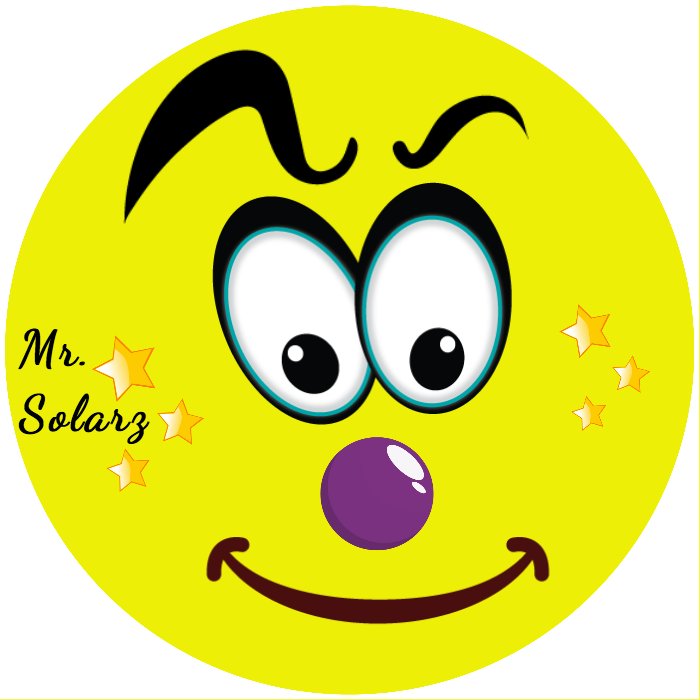
 RSS Feed
RSS Feed
